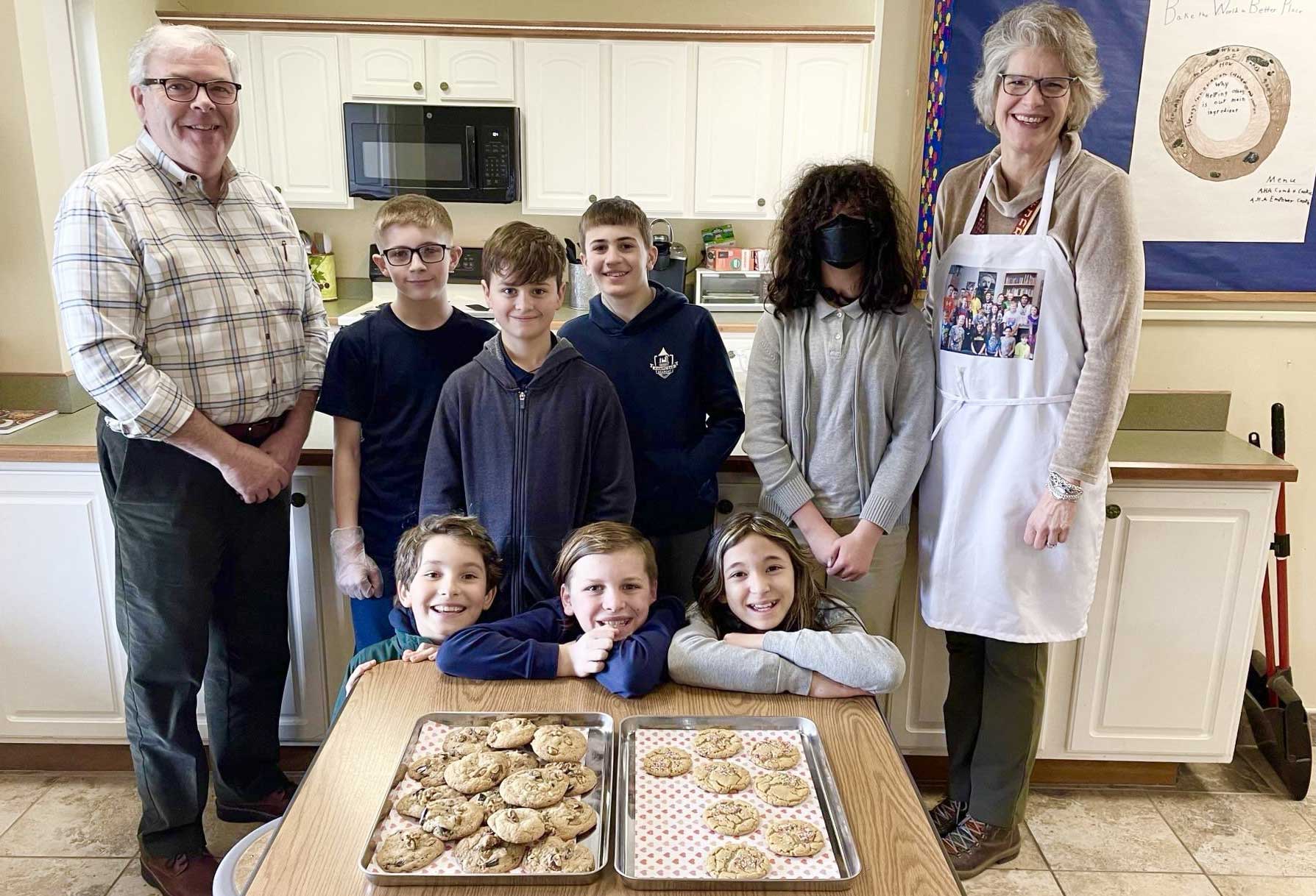
CONNECTING WITH OUR OCEANS
JULY 26th, 2023 • 3 MIN READ
Many of our lessons focus our awareness and connectedness to our global community including not just people but so many other living creatures with which we share this beautiful planet. One such project that examines this connection to the animal world is our K-2 multiage classroom Ocean Animal Project.
“I really love this project. We spend about six weeks exploring every aspect of a student’s chosen animal,” says the K-2 Teacher, Ms. Ashley Matos. “It’s great to have the flexibility and time to explore this subject as deeply as the students desire. It gives us the chance to not only tie in almost every academic discipline and a lot of real-life skills, but also hone in on how connected we are to other living beings in our world.”
Our young students, ages five through eight, started the project by choosing their favorite sea animal to research.
“Like a lot of the projects here at Hampstead Academy, we give our students choices on what they’re going to research,” explains Matos. “This not only gives them a sense of autonomy and control, it creates excitement and passion about the project, which is vital when you’re spending weeks learning everything there is to know about a subject.”
Students used kid-friendly sites like Kiddle and National Geographic Kids as the basis of their research to learn as much as they could about their chosen animals.
“We wanted them to understand how large their animals are, where they live, how they move, and what they eat,” adds Matos.
These young researchers kept journals from their fact-finding mission and used these as a base to create presentations to share their knowledge with their classmates. They also developed artistic renderings of their animals out of materials ranging from paper and clay to even crushed glass. They even worked together to create a seascape mural in one of the administration offices.
The Ocean Animal Project is a popular one with the class over the past few years, but this year was especially exciting for the students as it was enhanced with the opportunity for deeper insight and connection through field trips to the Seacoast Science Center and the world-famous New England Aquarium.
“The field trips added a whole new dimension to the project,” says Matos. “Students were able to wade in the tide pools at the Science Center and see and even touch some animals at both facilities.”
The field trips also opened up discussions on how animals and humans cohabitate on the planet and what our effect has been on them and their habitats, particularly when it comes to pollution.
“The Seacoast Science Center had an oversized chair that was built from trash pulled from the ocean,” continues Matos. “The display made quite an impact on the students and opened discussion on why there was so much trash in the environment, what impact it was having on ocean life, and what could we, as everyday citizens, do about it.”
“As an educator I know that the Ocean Animal Project is a popular project with our students,” concluded Matos. “But what I love about IMPACT learning is our ability to help even these young learners add a new dimension to it that provides an opportunity for it to grow into deeper understanding in the future.”










